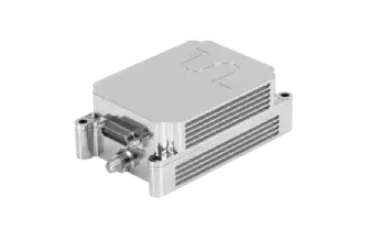Radar and Electronic Warfare are the cornerstone of many military forces in modern warfare. These technologies are used in critical tasks such as detecting the enemy, disrupting communication and directing the battlefield. In this article, we will examine Radar and Electronic War issues in more depth and understand how these technologies work and how war is shaped.
Radar’s Working Principle
Radar is based on a basic principle for detecting objects using radio waves. The radio waves sent are reflected by objects and these reflections are captured by the radar system. In this way, the distance, speed and direction of the targets can be determined. Radars are used in many application areas, from airspace control to meteorology.
The Power of Electronic Warfare
Electronic Warfare is used to manipulate electromagnetic energy to neutralize or block the enemy’s communication systems and radars. This provides the ability to mislead the enemy’s radars or disrupt enemy communication. Electronic Warfare also offers the ability to destroy the enemy’s electronic devices.
Radar and Electronic War Integration
Radar and Electronic Warfare work integrated with each other on battlefields. For example, when radars detect enemy aircraft, Electronic Warfare systems can be used to disrupt the communication of these aircraft or to neutralize the detection capabilities of radars. This offers the capacity to change the course of the war.
Future Developments
Radar and Electronic Warfare technologies are constantly evolving. Artificial intelligence and automation contribute to making these technologies even more effective. In addition, the use of these technologies for defense purposes will increase in cyber space.
Radar and Electronic Warfare is an indispensable part of modern warfare. These technologies play a key role in the success of military operations. The development of these technologies against constantly evolving threats will greatly affect how future battlefields will take shape.



